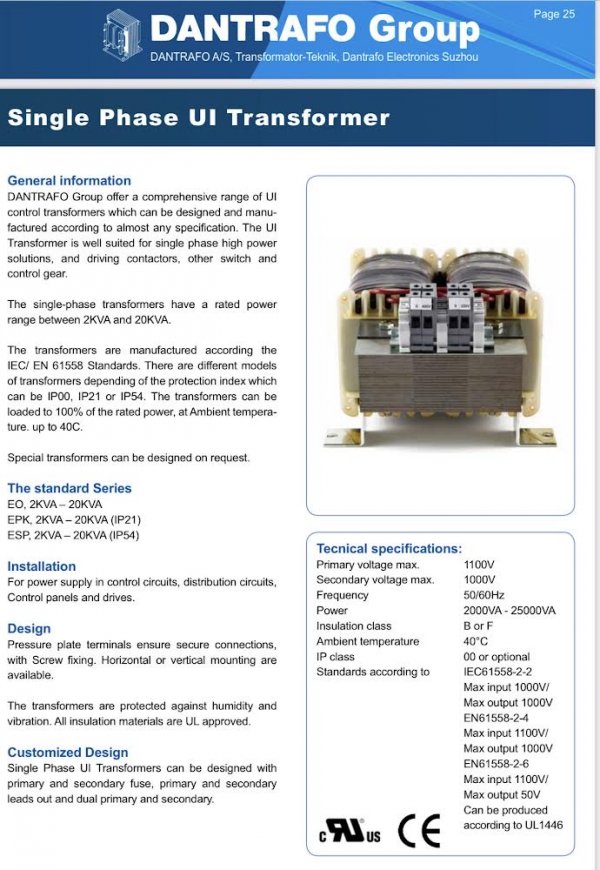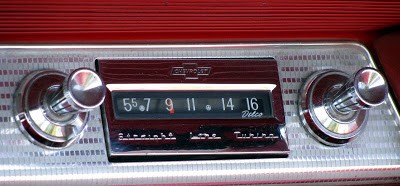FWIW, I just put on a demo of a Torus RM20 and applied it to AR Ref 160 monoblocks. Way better than the wall. I had cleaned the panel and set it to good condition so there was nothing wrong with the wall. Then we plugged a pair of REL N.32 into the Torus along with the AR Ref 160. 4 amps. Again, it was all much better than the wall. I have yet to see a Torus fail at elevating the performance of an amplifier.
I have heard over and over, a isolation transformer limits ampacity. There is truth to this. If I use an Ideal circuit analyzer and measure ampacity of a 10 awg solid wire direct from my main panel or through my Torus I get 889 amps vs 745 amps. Who cares???? 745 amps of available current delivery!!! Thats so far beyond what your equipment can draw. The more systems I apply them too, the more confident I am there is no drawback to a good isolation transformer.
I have said this before and I am repeating myself. Every power conditioner will function better if the source power feeding it it optimized. This is especially true for an isolation transformer. If you try and plug one into a 15 awg general use wall outlet, it will not perform near as well as if it were plugged into a 10 awg dedicated line. The same applies to all the other conditioners. They are not meant to fix a poor electrical distribution. They are designed to limit noise entering the system via the utility grid.
I do find it interesting I tested a home the other day. The THD on the 3rd and 5th and touch of 7th was 3.4%. When the 2 Everest were plugged into the wall, the THD jumped to 14%. And it was up into the 12th and higher. And, the load side of the Everest was still 3.4% on the 3rd and 5th. A good isolation transformer does not add noise back to the main line. 3rd and 5th harmonics will walk right through a isolation transformer also. They block RF from about 50k up.
A UPS main purpose is feeding a system in an appartment where you just can't alter the electrical. But you would probably get better sound by utilizing a SET amp and high efficiency speakers and plugging into the wall.
I have heard over and over, a isolation transformer limits ampacity. There is truth to this. If I use an Ideal circuit analyzer and measure ampacity of a 10 awg solid wire direct from my main panel or through my Torus I get 889 amps vs 745 amps. Who cares???? 745 amps of available current delivery!!! Thats so far beyond what your equipment can draw. The more systems I apply them too, the more confident I am there is no drawback to a good isolation transformer.
I have said this before and I am repeating myself. Every power conditioner will function better if the source power feeding it it optimized. This is especially true for an isolation transformer. If you try and plug one into a 15 awg general use wall outlet, it will not perform near as well as if it were plugged into a 10 awg dedicated line. The same applies to all the other conditioners. They are not meant to fix a poor electrical distribution. They are designed to limit noise entering the system via the utility grid.
I do find it interesting I tested a home the other day. The THD on the 3rd and 5th and touch of 7th was 3.4%. When the 2 Everest were plugged into the wall, the THD jumped to 14%. And it was up into the 12th and higher. And, the load side of the Everest was still 3.4% on the 3rd and 5th. A good isolation transformer does not add noise back to the main line. 3rd and 5th harmonics will walk right through a isolation transformer also. They block RF from about 50k up.
A UPS main purpose is feeding a system in an appartment where you just can't alter the electrical. But you would probably get better sound by utilizing a SET amp and high efficiency speakers and plugging into the wall.




